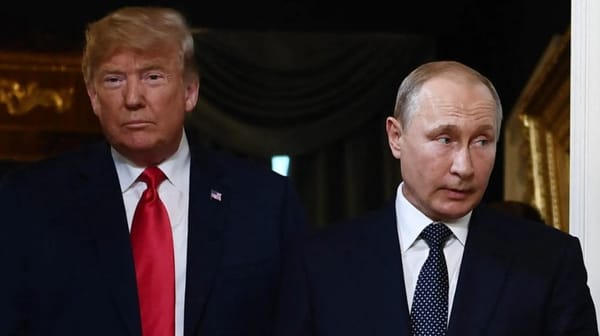Iran and U.S. Conclude ‘Positive’ Nuclear Talks in Rome: Progress, Challenges, and Regional Stakes

Introduction
On April 19–20, 2025, Iran and the United States concluded a second round of nuclear negotiations in Rome, marking the most significant diplomatic engagement between the two adversaries in years. Both sides described the talks as “positive” and “constructive,” signaling cautious optimism for a potential breakthrough after years of stalemate, threats, and mutual distrust. The Rome discussions, mediated by Oman and attended by senior diplomats from both countries, focused on the core issues of uranium enrichment, sanctions relief, and verification mechanisms. While substantial differences remain, the parties agreed to move technical discussions to the expert level in Oman and to schedule a third round of high-level talks. The outcome of these negotiations carries profound implications for regional security, the global nonproliferation regime, and the future of U.S.-Iran relations, with Israel closely monitoring developments and maintaining the threat of unilateral military action.
Background: The Road to Rome
The Legacy of the 2015 Nuclear Deal
The current diplomatic push follows years of escalating tensions since the U.S. withdrawal from the 2015 Joint Comprehensive Plan of Action (JCPOA) during President Trump’s first term. That agreement had capped Iran’s uranium enrichment at 3.67% and imposed strict limits on its nuclear stockpile and centrifuge use in exchange for sanctions relief. Following the U.S. exit in 2018 and the reimposition of sanctions, Iran incrementally breached the deal’s limits, enriching uranium to 60%—dangerously close to weapons-grade—and amassing a stockpile far beyond what is needed for civilian energy.




